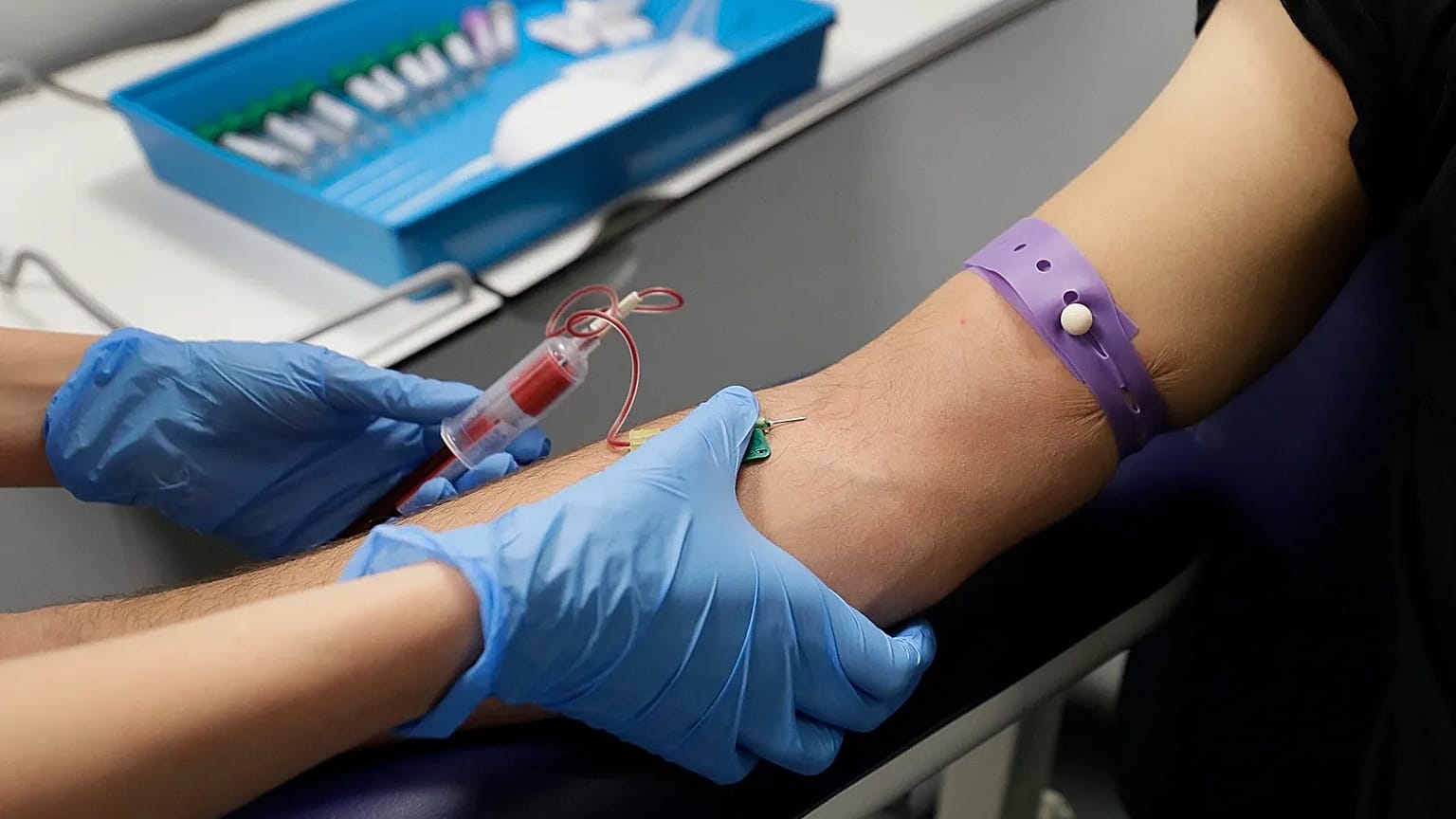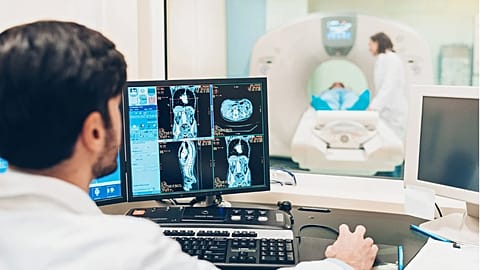Over half of HIV diagnoses in Europe come too late for effective treatment, international health agencies warn in a new report.
Every year, more than thousands people are diagnosed with HIV in Europe – and around half these diagnoses are given too late, increasing the risk of more serious illness.
According to a new report from international health agencies, Europe urgently needs to establish better prevention and testing practices, as well as greater public awareness.
“We are not doing enough to remove the deadly barriers of stigma and discrimination that prevent people from seeking out a simple test,” said Dr Henri Kluge, regional director for WHO Europe.
Early diagnosis, he added, "is not a privilege but a gateway to a long, healthy life and the key to stopping HIV in its tracks".
A total of 105,922 people in Europe were diagnosed with HIV in 2024, according to a new report published on Thursday by the World Health Organization (WHO) and the European Centre for Disease Prevention and Control. Overall, 2.68 million diagnoses have been reported since the 1980s.
More than half of all HIV diagnoses in 2024 were considered late, according to the report. In 33.6% of cases, the virus was already at an advanced stage when detected.
The report also shows the number of people living with undiagnosed HIV is rising, based on discrepancies between expected and reported cases.
Dr Kluge described the situation as “a silent crisis that’s fuelling transmission".
Deadly delays
Reported infections have decreased in Europe over the last decade, aside from a peak following the COVID-19 pandemic due to increased testing. However, the report urges caution, noting that lower figures may be directly linked to delays in diagnosis – and that delayed access to care can result in poorer outcomes for patients.
Countries with the highest percentages of late diagnoses were Bosnia and Herzegovina (80.6%), North Macedonia (74.5%), Croatia (68.3%) and Sweden (66.7%).
Finland and Cyprus, by contrast, recorded the lowest proportions of late diagnoses, at 27% and 41% respectively.
HIV attacks the immune system, making a person vulnerable to other infections. Without appropriate treatment, it can develop into AIDS. While there is still no cure, with proper care HIV can be fully controlled, allowing people to live a normal life.
Last year, 7,161 AIDS diagnoses were reported in the European region. However, the report notes that this figure does not represent the full extent of the situation, as major countries such as Germany, Spain and Sweden did not provide data.
Heterosexual sex was the main route of HIV transmission in Europe in 2024, accounting for 62% of diagnoses, followed by sex between men (13%) and injecting drug use (12%).


















